Goal Zero Yeti 1500X portable power station review: never run out of power
The Goal Zero Yeti 1500X portable power station is a real heavyweight for off-grid trips

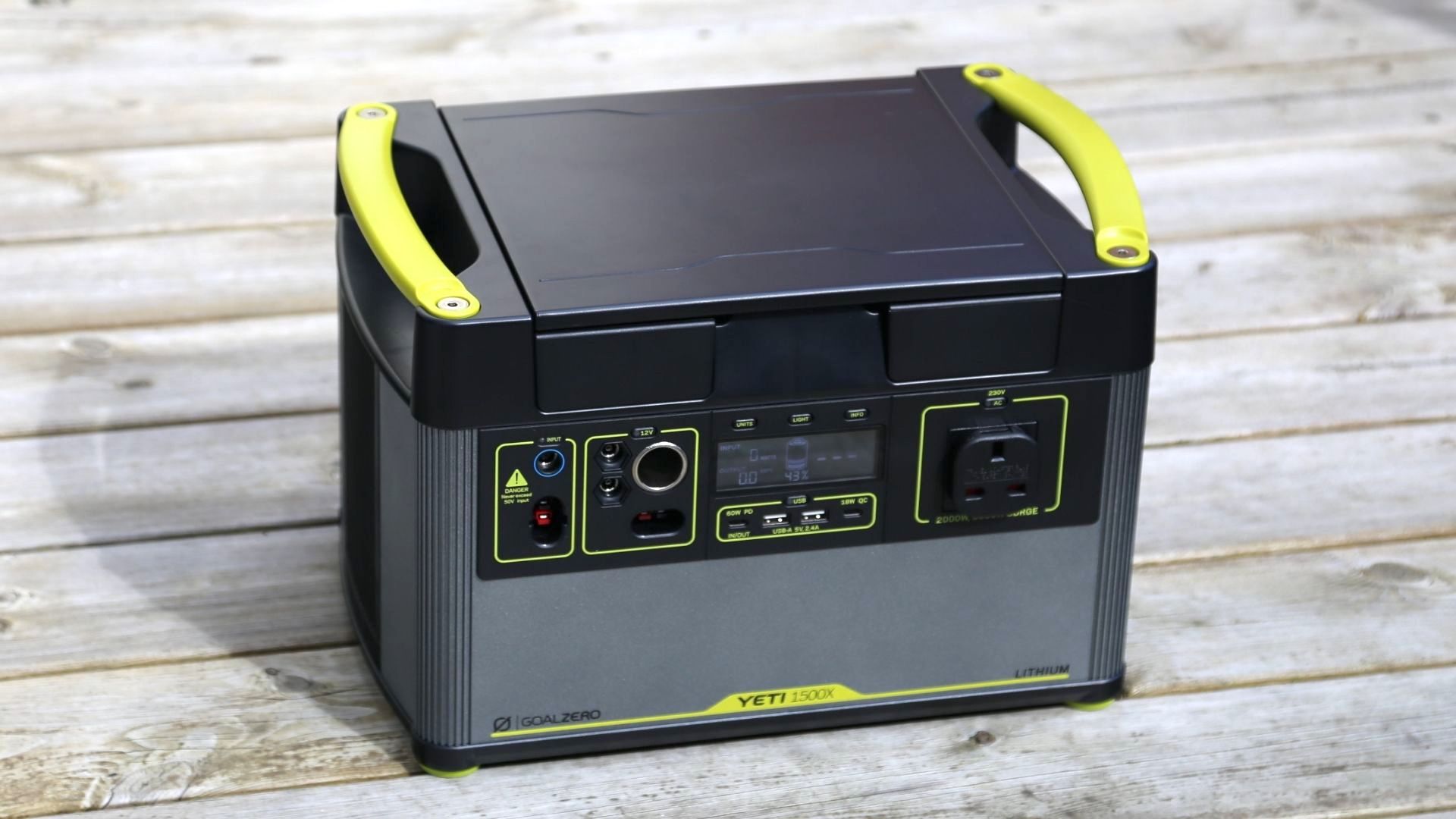
Designed for committed off-gridders and van-lifers, the huge and heavy Goal Zero Yeti 1500X portable power station offers a mighty 1,516W hours and has ins and outs galore to cope with phones, laptops and home appliances. It’s even got WiFi and an app that lets you control it remotely.
-
+
Ultra-huge capacity
-
+
Exhaustive ins and outs
-
+
Tough outdoorsy design
-
+
Lots of ins and outs
-
-
Extremely heavy
-
-
Only 1x AC socket
-
-
No wireless charging for phones
-
-
Battery can’t be replaced
Why you can trust T3

The Goal Zero Yeti 1500X portable power station reviewed here is for off-grid living. If all you need to do is recharge a couple of smartphones for a few days, then you’re probably better off looking for a decent sized portable battery of about 10,000 mAh in capacity. After all, this massive and heavy portable power station manages a whopping 1,516W hours – about 400,000 mAh!
Despite its massive size and its ability to fuel everything from LED lights and TVs to fridges and power tools, the huge and heavy Yeti 1500X isn't for living off-grid for weeks and weeks at a time. This brand also makes some of the best solar chargers around (check out the Goal Zero Nomad 20, for example) – if that appeals, it is possible to add one of Goal Zero’s solar panels to refuel it from the Sun, and you can charge it up while you drive, too. But what the Yeti 1500X is best for is a week away or events. We're talking about campsites, a worksite, a party in a field or a long road trip, for which the Yeti 1500X will serve you well with its plethora of ins and outs that don’t just recharge several devices at once, but safely and quickly.
It’s even got its own WiFi network and smartphone app. Another scenario for the Yeti 1500X could be as a backup in case of a power cut at home.
Whatever you choose to use the Yeti 1500X for you need to know exactly what it can and can’t do. Is this the best portable power station you can buy? Find out in our Yeti 1500X review…
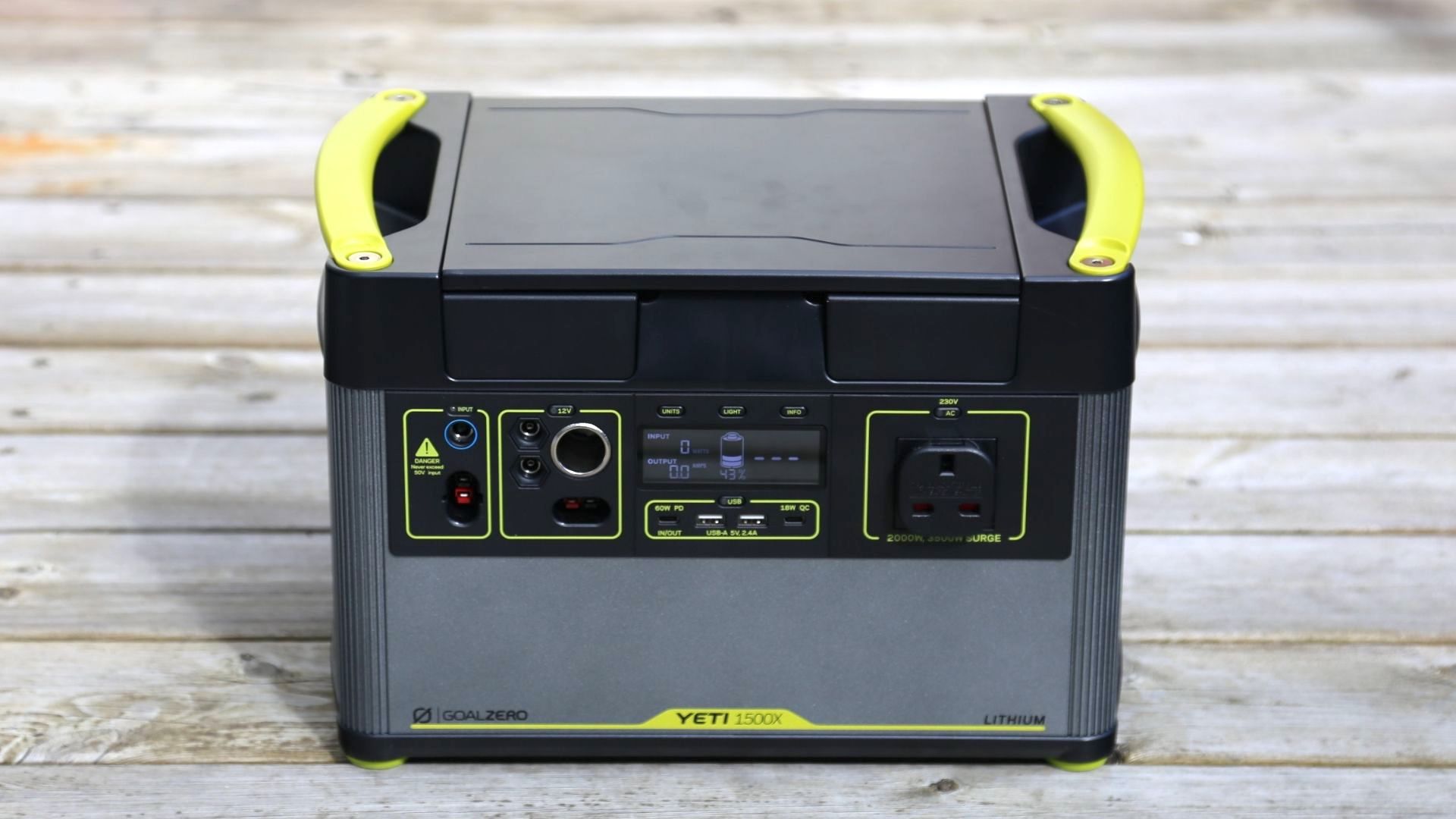
Goal Zero Yeti 1500X portable power station review: price and release date
Originally launched in 2020 to replace the Yeti 1400 Lithium, the Yeti 1500X portable power station is part of Goal Zero’s Yeti X line-up that also includes the Yeti 200X, 500X, 1000X, 3000X and 6000X. It sells for UK£2,199.99/US$1999.95/AUS$3,999.95.
The Yeti 1500X is the best-seller. It’s sold either as a standalone product (shipping only with an AC adaptor) or with a 100W solar panel. It’s also available for a considerably higher price as the ‘Boulder 100 kit’ that comprises a Yeti 1500X, four Boulder 100 suitcase-style solar panels, extension cables, a hand-cart and a Yeti X 600W power supply that fast-charges a Yeti 1500X in three hours from any wall outlet.
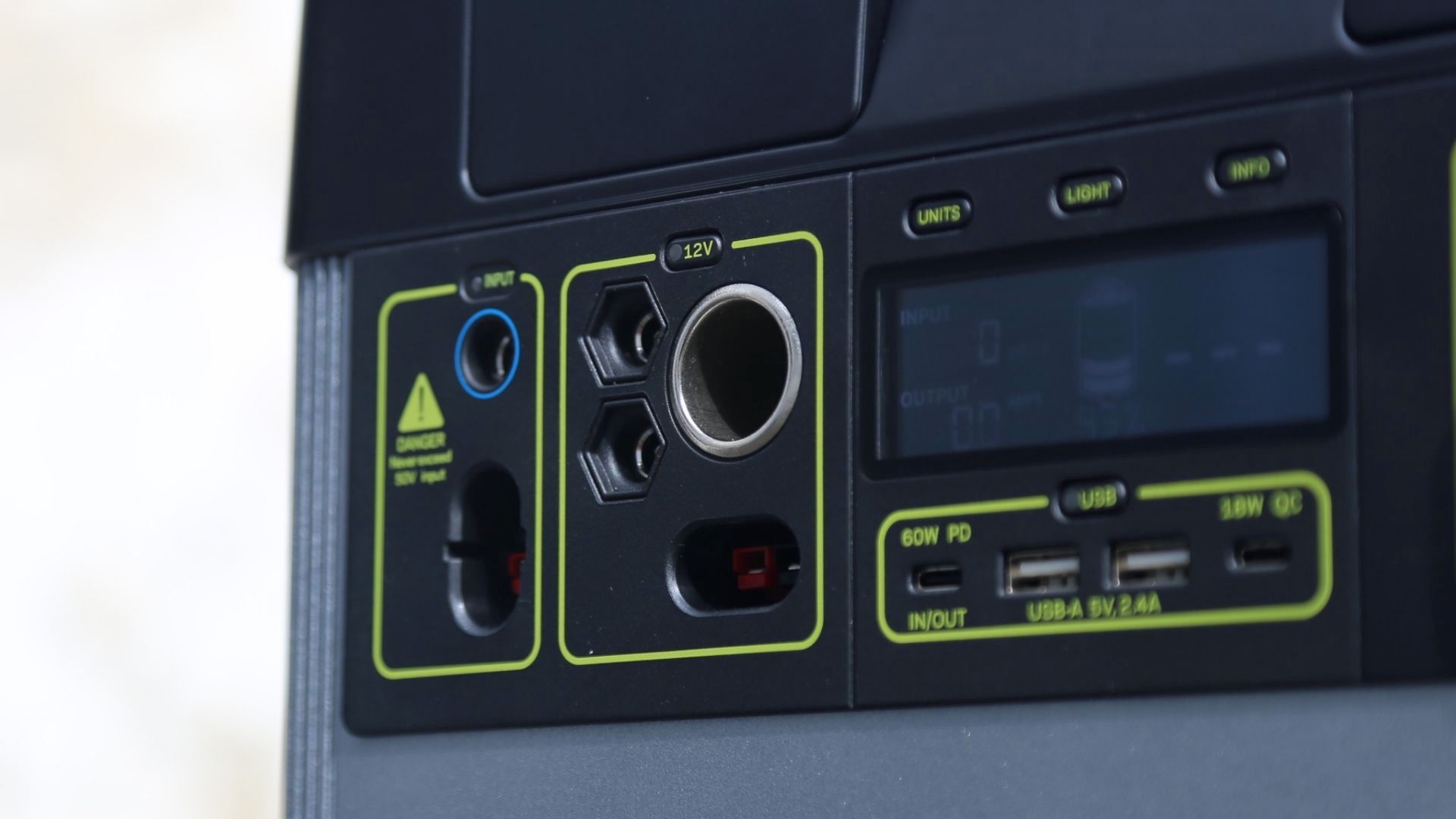
Goal Zero Yeti 1500X portable power station review: features and what’s new
As well as a lithium-ion NMC battery rated at a mighty 1,516W hours, the Yeti 1500X brings a new 2,000W pure-sine wave AC inverter that allows it to be used to safely run pretty much anything you might run from a wall outlet, such as a fridge, a heater or a TV (our portable TV was able to run off the Yeti for 25 hours). Its battery management system stops sending power into a device once it’s fully charged, and prevents it from being overloaded.
Get all the latest news, reviews, deals and buying guides on gorgeous tech, home and active products from the T3 experts
If increasing the inverter size is what off-gridders will probably love most, your average gadget-lover will likely be just as pleased by its plethora of USB-C outputs. Highlights include two USB-C PD slots (one 60W to recharge a laptop and one 18W Quick Charge to quickly refuel a phone), a 12V cigarette lighter charger and standard AC. There are also some 12V ports so it can power mini-fridges and the like.
Goal Zero Yeti 1500X portable power station: specs
Capacity: 1,516Wh (10.8V, 140.4Ah)
Weight: 20.7kg/45.64lbs
Measurements: 387x260x263mm/15.25x10.23x10.37”
Solar: 600W
Outputs: 2x AC output, 2x USB-A (5V, 2.4V), 60W PD USB-C, 2x 6mm, 12V car, 2x 12V power ports, 2x Anderson Power Pol (APP)
Inputs: 2x Anderson Power Pol (APP), expansion port, WiFi (2.44Ghz), Bluetooth
A couple of Anderson inputs that can be hooked up to as many as four solar panels (though you mustn’t exceed 50V), one of which is underneath a flap on the top that also gives you somewhere to store cables neatly.
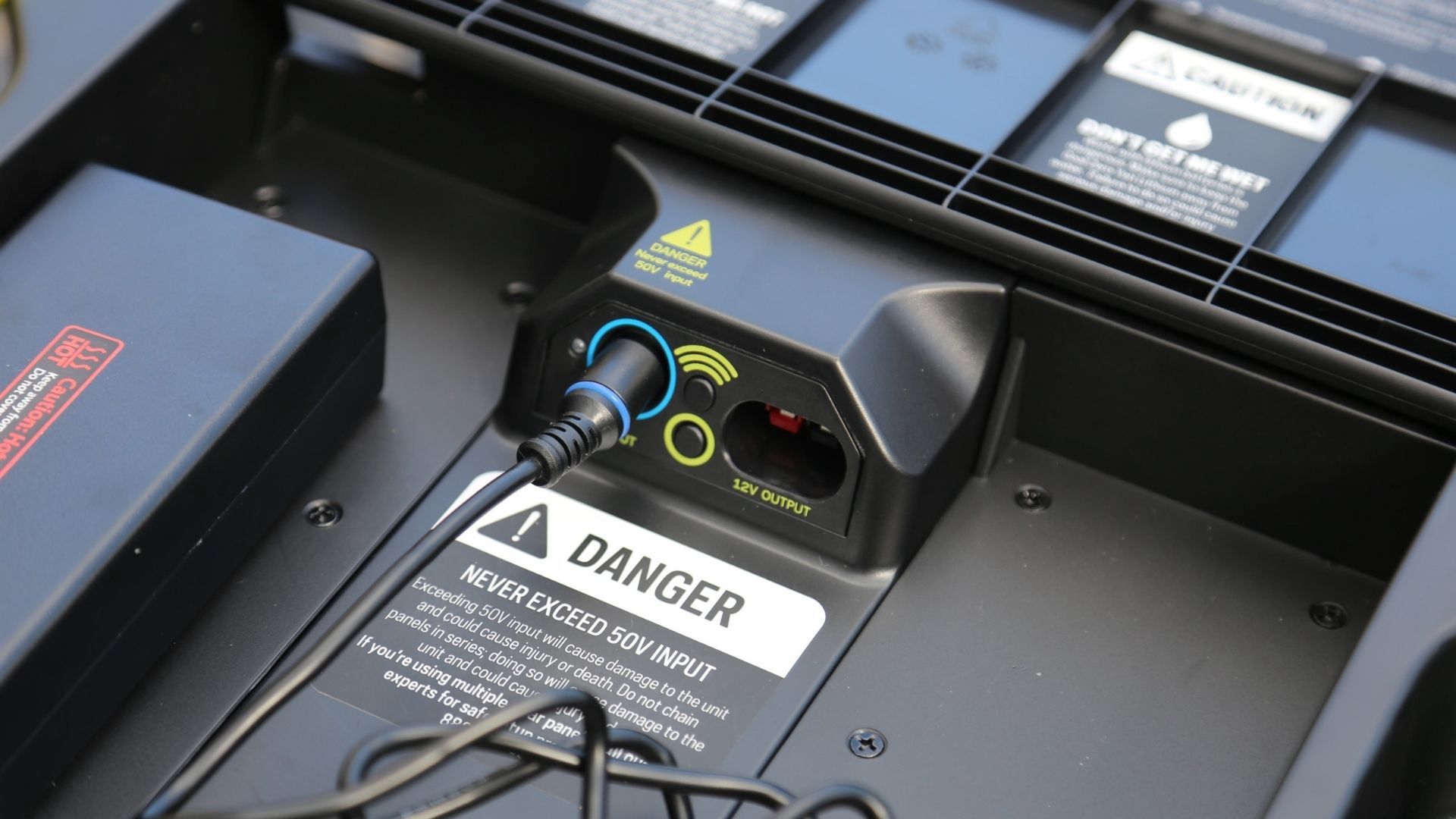
Goal Zero Yeti 1500X portable power station review: set-up and use
The Yeti 1500X is heavy. Really heavy. Luckily it’s got two handles on either side moulded into the top of the product, but at 20.7kg/45.64lbs moving it isn’t easy. However, while you may not want to lug it across a huge campsite it’s easy enough to move it from the boot of a car to an adjacent camp.
It was a clear and sunny day so we set it up with a Goal Zero 100W solar panel; within seconds the LCD display was telling us exactly how much energy is was taking-in, and – in a constantly refreshed display – exactly how long it would take, at this rate, for the Yeti 1500X to fill-up. It calculated about 15 hours, which given that the Yeti 1500X was already at about 40% makes us think that wherever you’re going you should arrive with the Yeti 1500X already full after spending a night attached to the mains at home (ours took 20 hours to recharge from empty).
The excellent LCD display shows you exactly what the Yeti 1500X is up to and what charge remains, but it’s so clear that we’re not convinced there’s much need for the (albeit excellent) Goal Zero app, which thanks to its own WiFi network lets you monitor it remotely, and enable/disable ports.
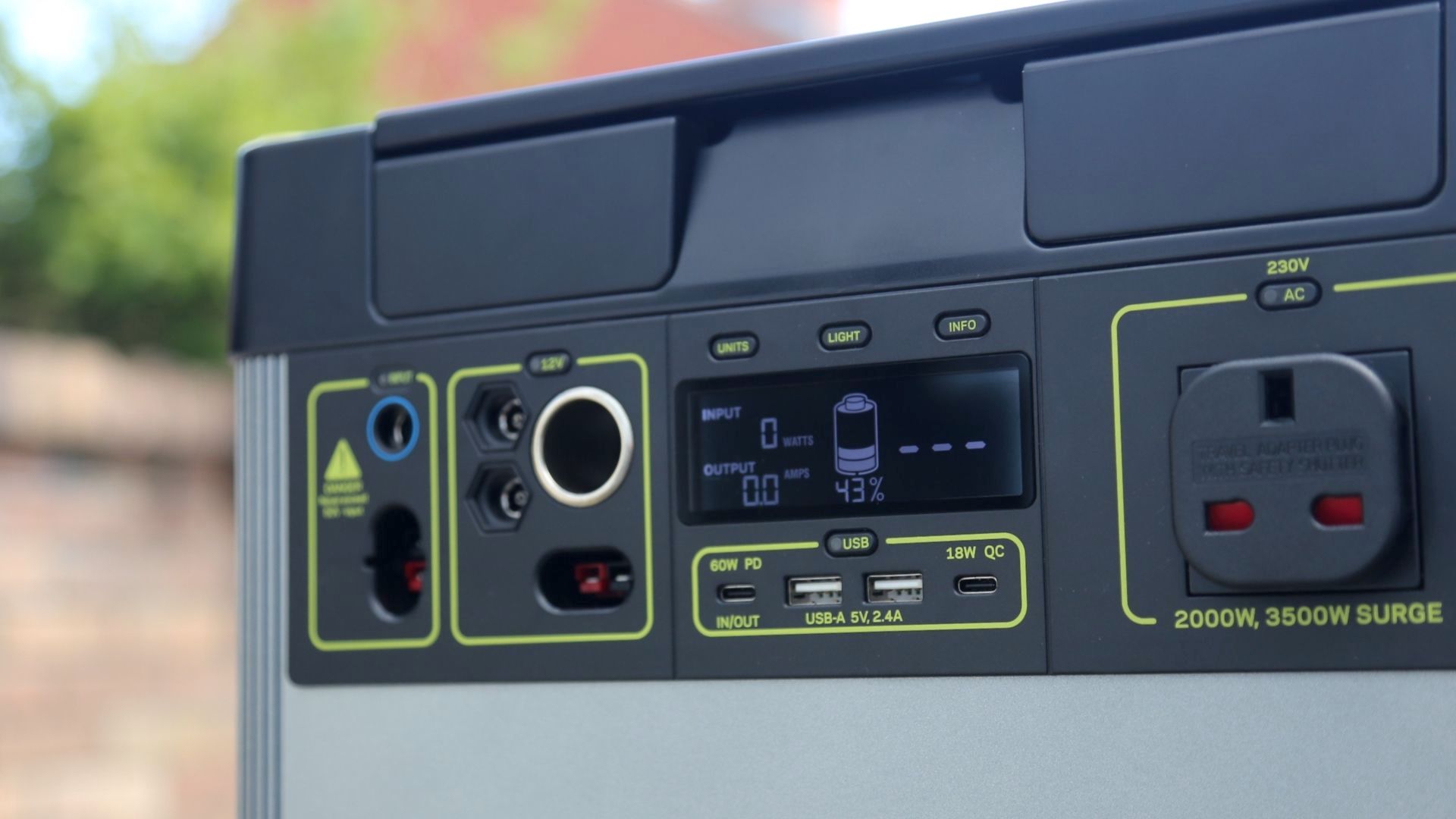
Goal Zero Yeti 1500X portable power station review: performance
The Yeti 1500X does almost everything and it does it all at the same time. It was great being able to recharge a laptop using the Yeti 1500X’s USB-C PD slot, and we also like how quickly we could refuel a smartphone. It’s just like being at home.
However, some of the Yeti 1500X’s rivals now have built-in wireless charging pads. Given that the Yeti 1500X does have an area under a lid at the top for storing cables it does look like a missed opportunity. However, it hides a secret for those wanting to off-grid for extended periods that make the Yeti 1500X unique; unscrew the floor and you’ll find an expansion port for attaching Goal Zero’s proprietary Yeti Link input to a separate Yeti Link Expansion Module. That can then be attached to a Yeti Tank Expansion Battery lead-acid batteries, which will almost double, triple or quadruple the energy storage capacity of the Yeti 1500X.
You can also buy a 12V car charging cable that makes it possible to charge up the Yeti 1500X while you drive simply by attaching it to a 12V cigarette car lighter. That makes a lot of sense if you’re on a road trip and moving around a lot.
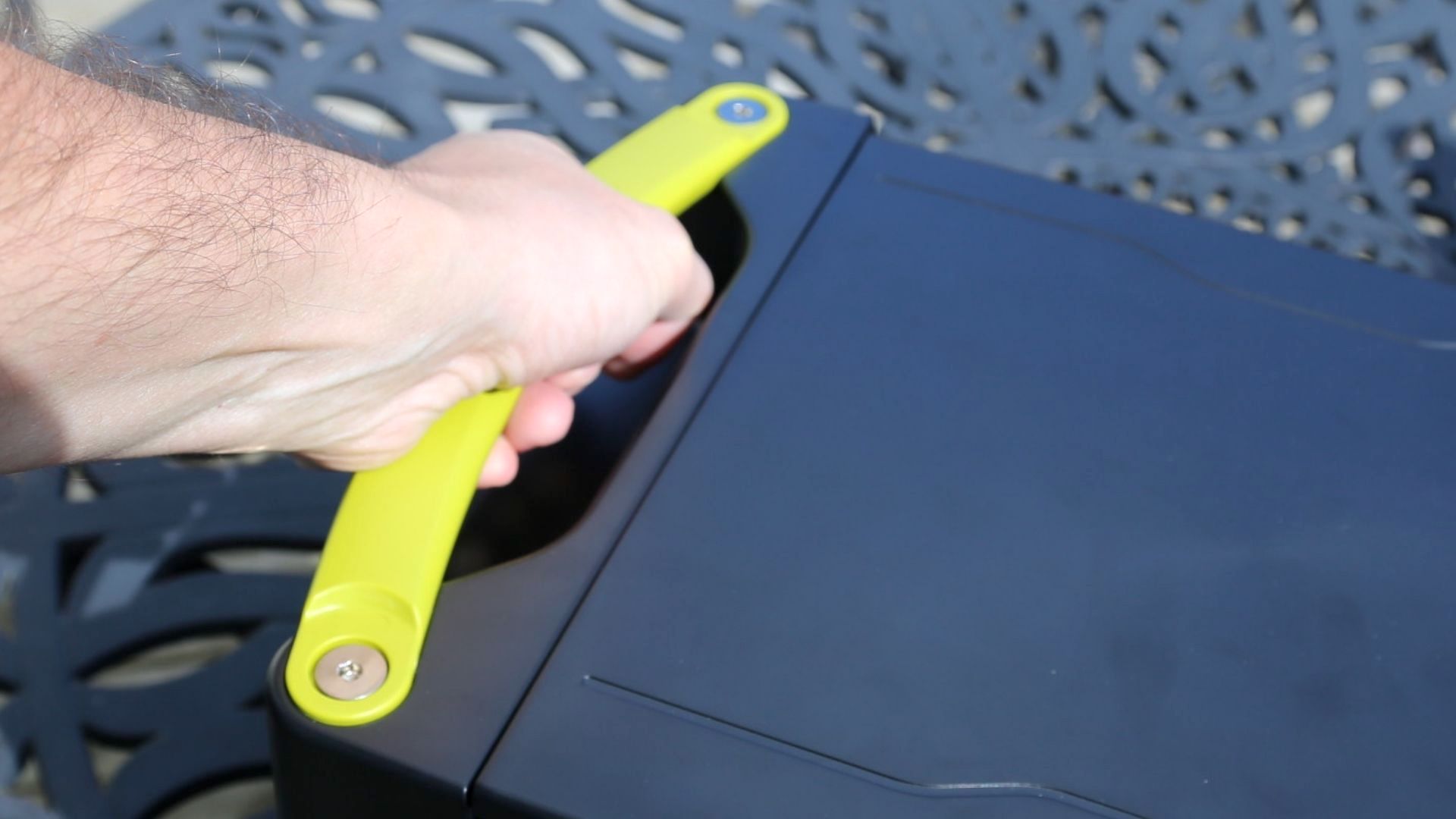
Goal Zero Yeti 1500X portable power station review: verdict
Lithium power stations like the Yeti 1500X are all about off-grid power without the noise and pollution from petrol-driven generators, but there’s even more to like about the Yeti 1500X. We love its USB-C PD slots for laptops and fast charge for smartphones, while the excellent LCD display makes sure the user knows exactly what’s going on. If you’re heading off-grid and you need to recharge laptops, cameras and lights – or you’re in a large group – then the Yeti 1500X could be the answer.
Goal Zero Yeti 1500X portable power station review: alternatives to consider
Although the Goal Zero Yeti 1500X is one of the most adept and exhaustive portable power stations available, its 1,516Wh are massive overkill for most. If you’re after something to charge up from a wall before you go on a short road trip or a weekend’s camping then the lighter 7.7kg EcoFlow RiverMax 576Wh capacity battery should do the trick. Also worth considering is the Jackery Explorer 500, which boasts 518Wh and weighs 6kg. Both of these are included in our best portable power station buying guide.
Jamie is a freelance journalist, copywriter and author with 20 years' experience. He's written journalism for over 50 publications and websites and, when he's not writing, spending most of his time travelling – putting the latest travel tech through its paces.
